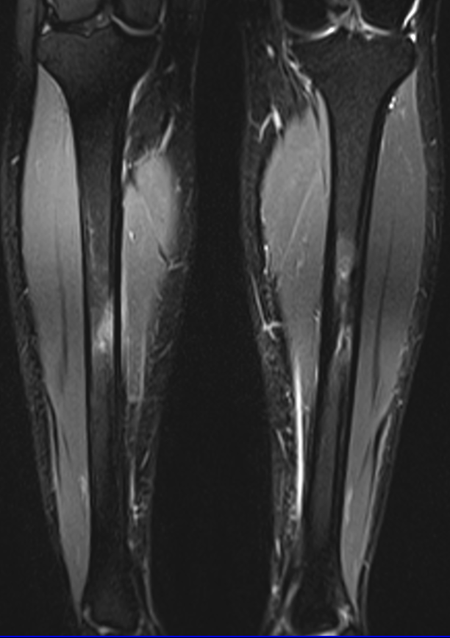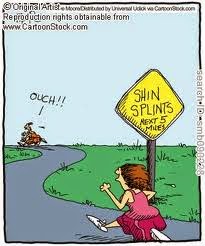Part 2: Bone related shin splints: A right pain in the……SHIN!

Medial tibial stress syndrome pretty much covers most of the bony component of shin splints. It commonly affects the lower two thirds of the inside border of the tibia. The stress to the bone initially causes periostitis at first, which is inflammation in the lining of the bone. An escalation of this takes it to oedema of the bone marrow inside the bone. The bone gradually weakens and the final stage is a stress fracture. Incidence: Medial tibial stress syndrome in runners has an incidence ranging from 13.6% to 20.0% (Lopes et al 2012) but other sports such as dancing and football can also get Shin splints. Interestingly stress fracture risk is between 1.5 to 3.5 times more in women than in men (Dugan & Weber 2007). This is thought to be related to bone density being lower in females. How long does it take to resolve? Overall medial tibial stress syndrome took 72 days on average to recovery in novice runners according to Nielsen et al (2014). More specific
